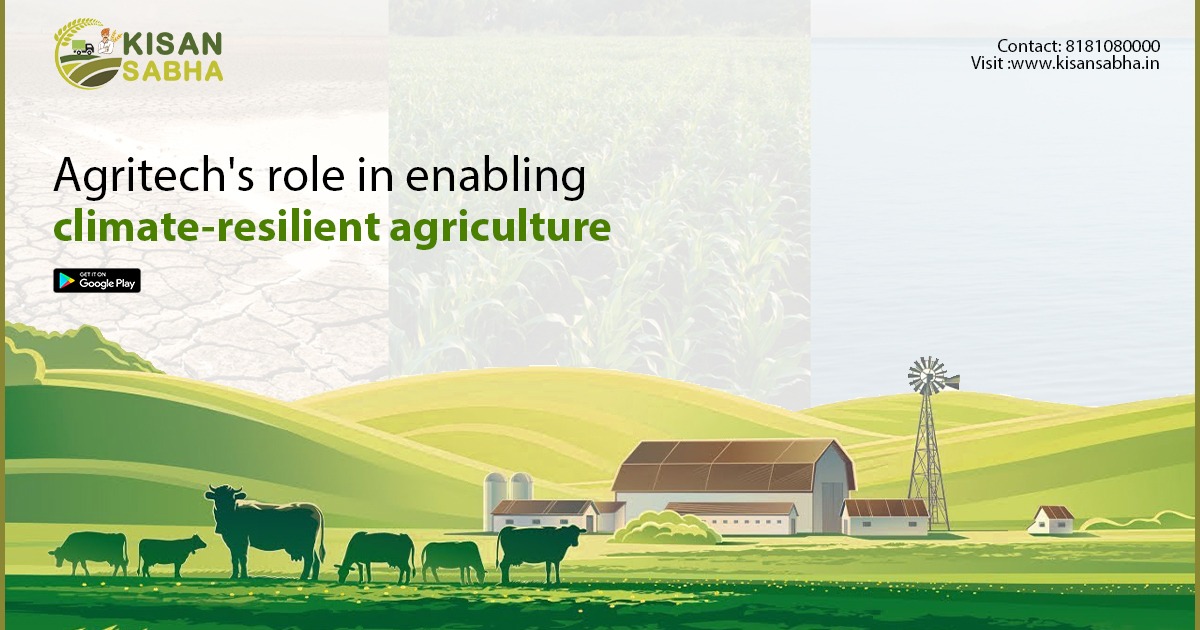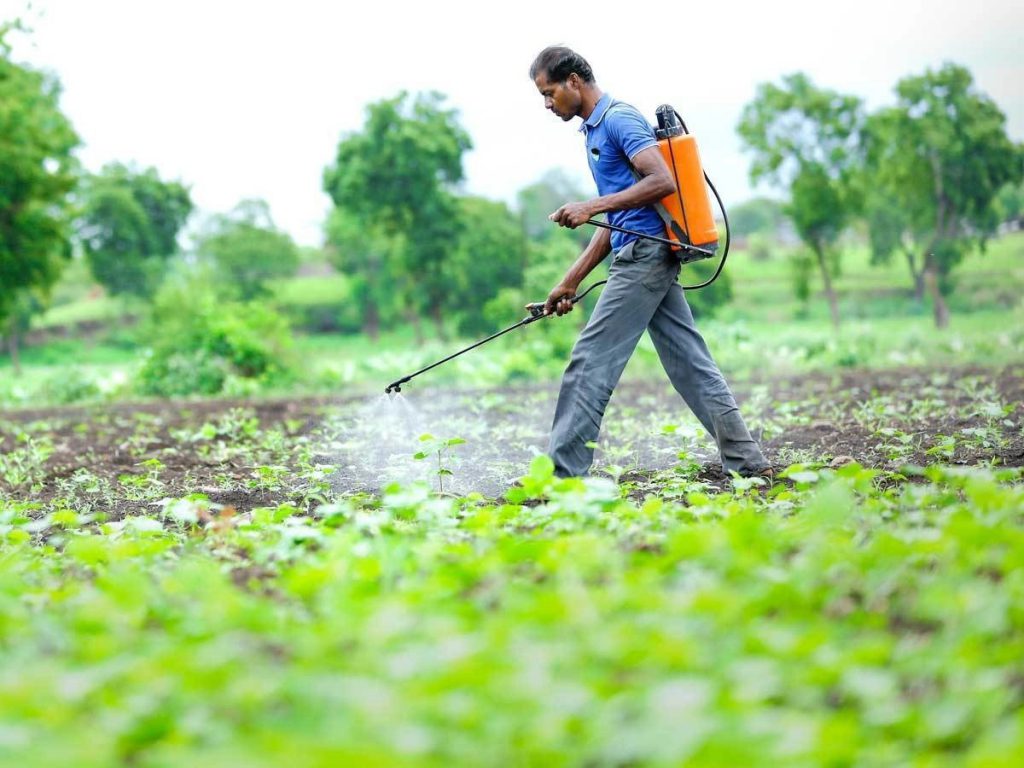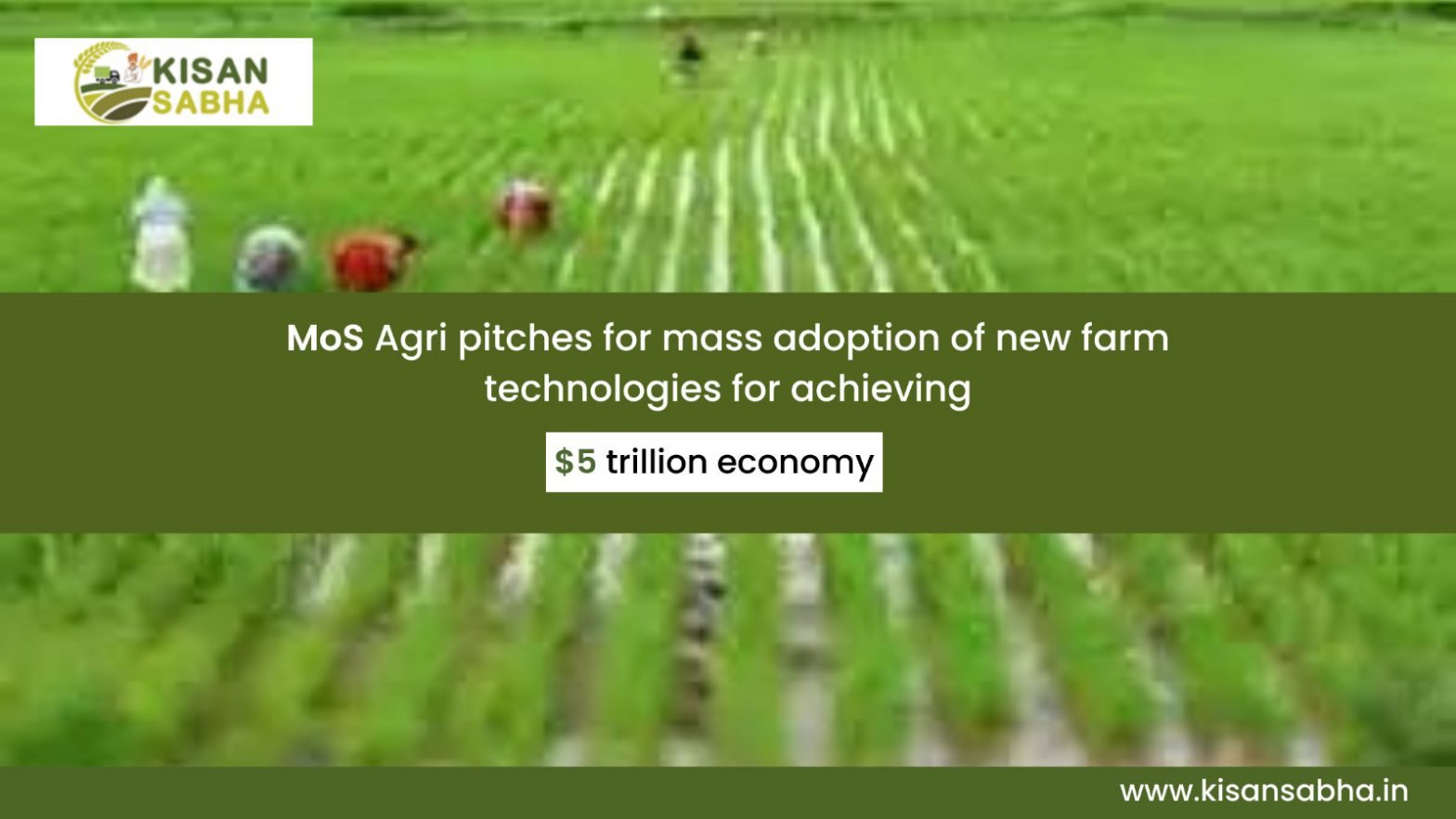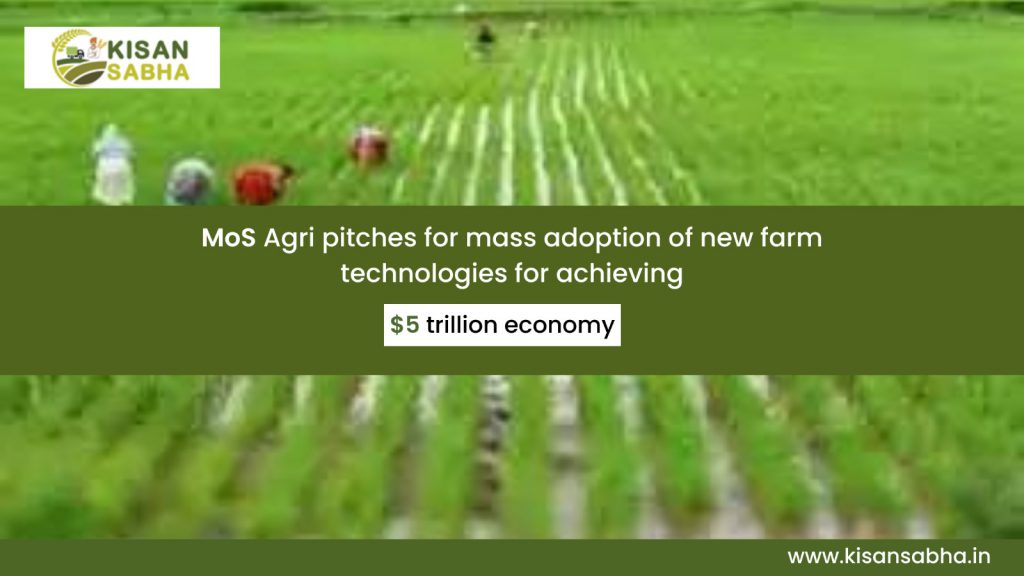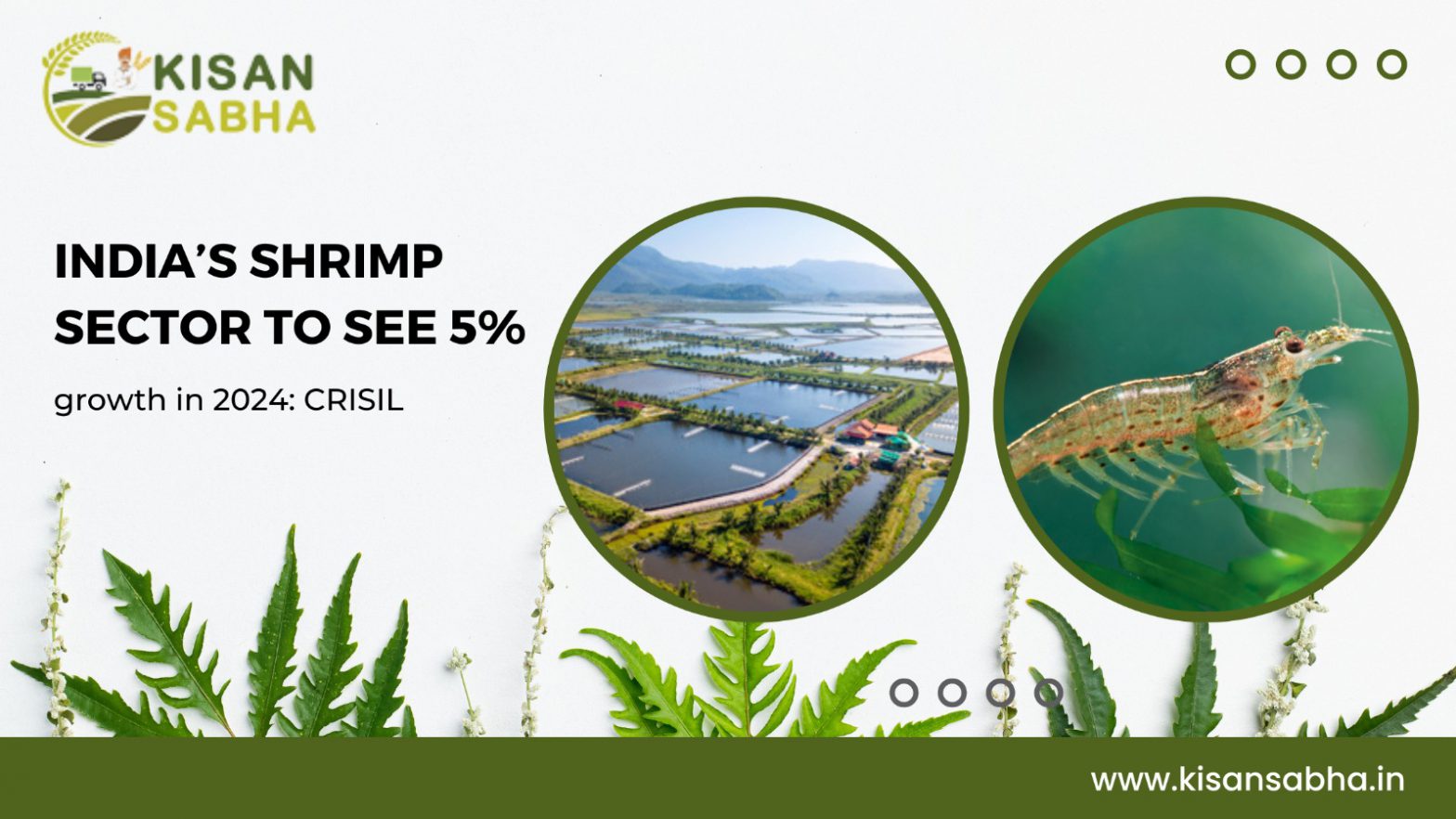Synopsis
“The total sugar produced by Uttar Pradesh in sugar season 2022-2023 is 107.29 lakh tonnes (which includes 3.05 lakh tonnes of Khandsari (physically extracted sugar from liquid jaggery), as compared to 105.30 lakh tonnes by Maharashtra. The area under cane cultivation in Uttar Pradesh is 28.53 lakh hectare (maximum in India) as compared to 14.87 lakh hectare in Maharashtra,” said UP’s Cane Development and Sugar Mills’ minister Laxmi Narayan Chaudhary.
Uttar Pradesh has surpassed Maharashtra in sugar production in the current season even as 118 sugar mills operated in UP during the period compared to 210 mills that were operational in the western state. UP’s Cane Development and Sugar Mills’ minister Laxmi Narayan Chaudhary told PTI, “UP is ahead of Maharashtra as far as production of sugar is concerned along with a number of other factors.”
Elaborating further, Chaudhary said, “The total sugar produced by Uttar Pradesh in sugar season 2022-2023 is 107.29 lakh tonnes (which includes 3.05 lakh tonnes of Khandsari (physically extracted sugar from liquid jaggery), as compared to 105.30 lakh tonnes by Maharashtra. The area under cane cultivation in Uttar Pradesh is 28.53 lakh hectare (maximum in India) as compared to 14.87 lakh hectare in Maharashtra.”
The sugarcane crushing season runs from October to June.
“The sugarcane production in UP has been 2,348 lakh tonnes, while in Maharashtra it was 1,413 lakh tonnes,” Chaudhary said.
He added that total cane crushed by sugar mills in UP in the 2022-2023 season was 1,084.57 lakh tonnes, whereas it was 1,053 lakh tonnes in Maharashtra.
The UP minister also informed that 19.84 lakh tonnes of sugar was diverted to ethanol in Uttar Pradesh, while in Maharashtra, it was 15.70 lakh tonnes.
Pointing towards the number of installed sugar mills in both the states, the UP minister said that as compared to 246 installed sugar mills in Maharashtra, there are 157 installed sugar mills in UP.
As many as 210 sugar mills operated in Maharashtra as compared to 118 in Uttar Pradesh, he said.
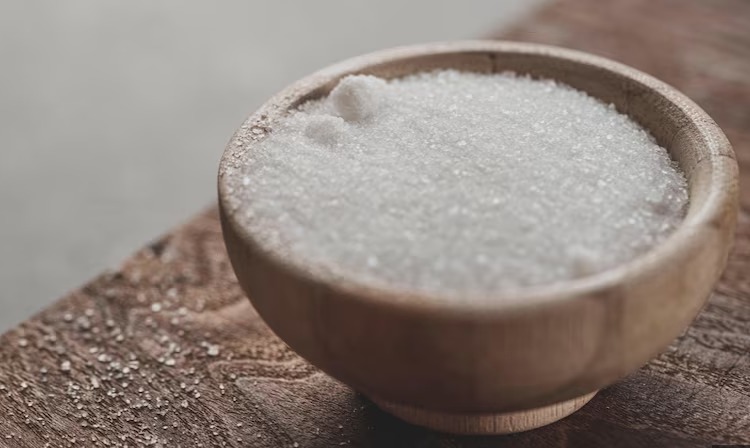
He added that in the 2022-23 season, a payment of Rs 28,494.32 crore has been made to the farmers, and there are about 80 sugar mills, which have made 100 per cent payment within a week of closure.
“Under Chief Minister Yogi Adityanath jee, in the last six years, the sugarmills have made a payment of Rs 2,11,700 crore (to the farmers). In the tenure of the previous governments, 12 sugar mills were sold, while 18 sugar mills were shut down. After coming to power, we have opened new mills and increased the capacity of some mills,” Chaudhary said.
Sharpening his attack on the previous governments, Chaudhary said, “The payment made to cane farmers during the Bahujan Samaj Party regime (from 2007 to 2012) was Rs 93,000 crore, while in the Samajwadi Party government (from 2012 to 2017), it was about Rs 95,215 crore.”
The cane development minister said that the UP farmers’ earnings from all other crops is almost equal to the amount they get in their bank account by selling just sugarcane.
He also said that instructions have been issued to the sugar mills to remain operational till June 15.
Meanwhile, when contacted, Maharashtra’s Cooperation Minister Atul Moreshwar Save told PTI, “The production of sugarcane this year was less, so less amount of sugarcane reached the sugar mills as compared to last year, and hence there is the difference. However, next year, the capacity (of the sugar mills) will increase.”
Read more at-https://bit.ly/3q2Rhmx

